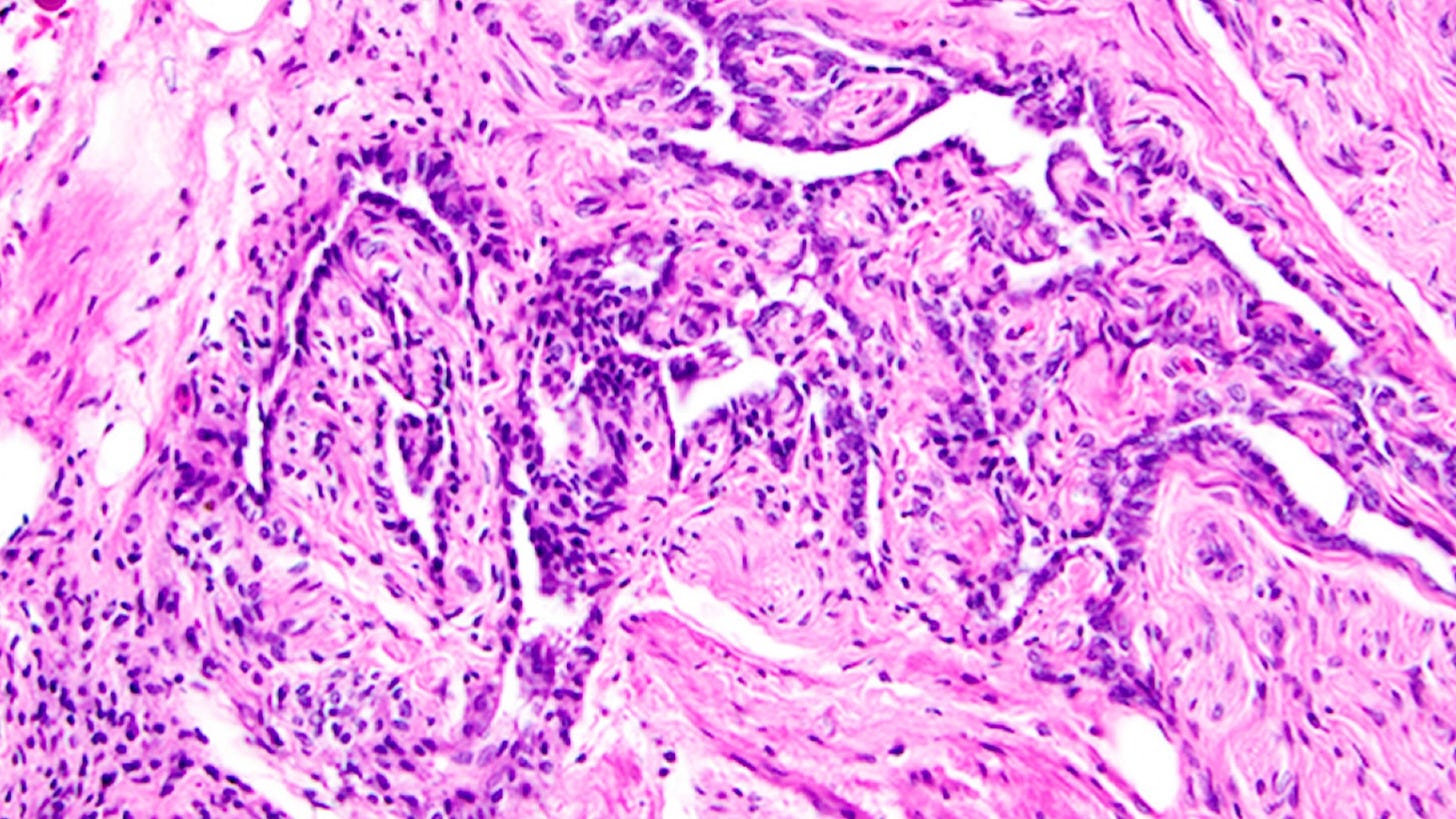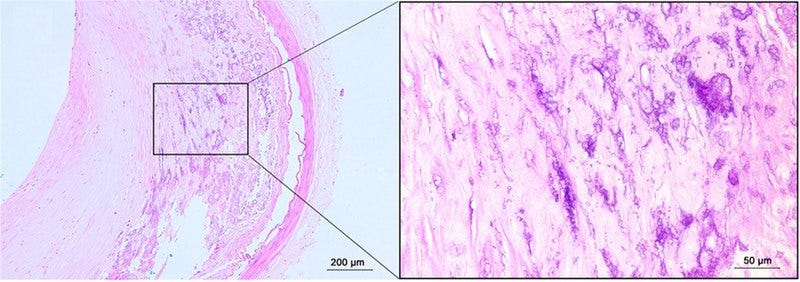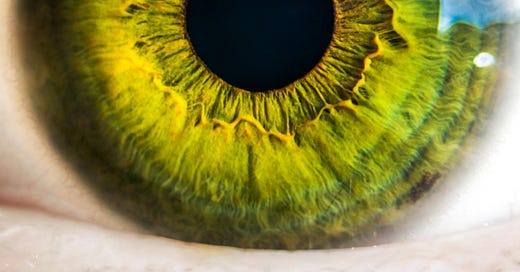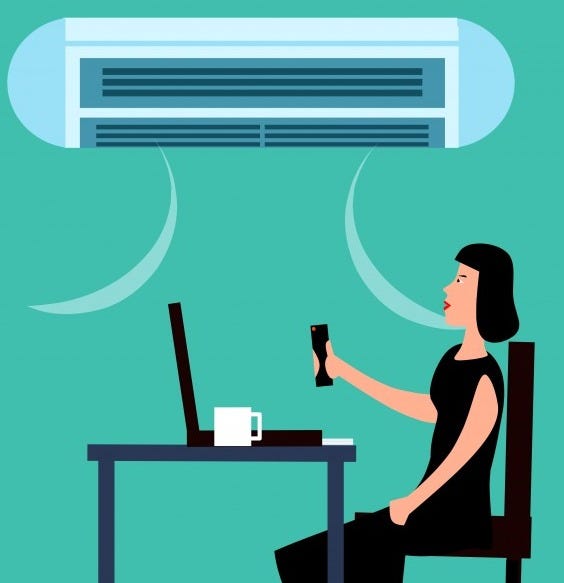Sci-Ed Update 346
Cardio benefits of dark chocolate, end of tenure, female organ not vestigial, new color seen, one-time cholesterol correction, classroom air filters reduce sick days, free accommodations manual, more
A&P Student Accommodations Handbook is Now FREE and OPEN!
That’s right, the accommodations handbook that we described in Episode 151 of The A&P Professor podcast is now open to both HAPS members AND non-members! That is, it’s no longer behind a members-only paywall. Yippee!
If you have not yet checked out this useful resource and downloaded it for quick reference for that future day when you’ll really need it, now’s a good time to do that. And it’s a good time to share this with your department colleagues, so they’ll be prepared, too!
This may also be a good time to listen to Episode 151 again (and share that, too!). Scroll down for more information about that episode.
Read more and download here→ membership.hapsweb.org/general/custom.asp?page=StudentAccommodationsHandbook
Muscling Through Barriers: The A&P Student Accommodations Handbook Unveiled
In Episode 151 of The A&P Professor podcast, host Kevin Patton is joined by Jennifer Stokes, Rachel Hopp, and Abbey Breckling to discuss the Anatomy and Physiology Student Accommodations Handbook. This handbook released by the Human Anatomy and Physiology Society (HAPS), provides instructors with evidence-based suggestions and best practices for making A&P labs and classrooms more inclusive and accessible for all students. Developed by a HAPS subcommittee, the handbook offers guidance on accommodating students with a wide range of needs, from physical limitations to visual or hearing impairments. The goal is to help instructors identify meaningful alternatives to standard lab protocols that promote student success. The handbook is organized by common accommodation requests and includes sections on universal design principles, making accommodations for temporary conditions, and incorporating tactile and visual aids. The HAPS committee plans to regularly update the handbook as new strategies and technologies emerge.
0:00:00 | Introduction
0:00:48 | How It Started
0:19:33 | Blue Sky’s From Now On *
0:20:38 | You Don’t Know You Need It Until You Do
0:32:57 | Brain Break *
0:35:36 | Opportunities for Learning
0:47:33 | Show Business *
0:51:03 | Exploring the Handbook
1:02:44 | Staying Connected
* Breaks
To listen to this episode, click on the play button above ⏵ (if present) or this link→ theAPprofessor.org/podcast-episode-151.html
How vanishing Y chromosomes could help explain men's ill health

Women, on average, live longer than men. This trend can be seen as far back as records stretch, and is true of every country in the world today. Many explanations have been put forward: men take more risks or smoke more, oestrogen is protective against health conditions, two X chromosomes are better than one… the list goes on. Some of these can account for small fractions of the difference; many have been debunked. None are wholly satisfying.
Now, researchers have come up with an intriguing alternative explanation for much of this lifespan difference – that it all comes down to the Y chromosome. Specifically, the idea is that as men grow older, they lose this chromosome from many of their cells, which drives age-related disease.
Read more→ AandP.info/f9d7e6
Patterns of Human Genetic Diversity
In this set of lessons [from HHMI Biointeractive], students explore patterns of genetic diversity (DNA similarities and differences) in humans across the world.
Students perform calculations using genetic data from actual studies, use data to detect patterns of diversity, and link processes to explain the patterns. They learn and reflect on how much all humans have in common, ways we differ, and how differences may or may not be related to where our ancestors lived.
Read more→ AandP.info/cbe8e9
Air filters in classrooms reduce sick days by more than 10 per cent
School attendance increased by 1.3 days per pupil per year when five elementary schools in Milan, Italy, introduced air filters into classrooms, in the first randomised controlled trial of its kind.
“It’s the first experimental evidence,” says Stefania Renna at the Polytechnic University of Milan. Her team installed high-quality portable air purifiers in 43 randomly chosen classrooms in the schools. Renna describes these as being better than HEPA filters.
Read more→ AandP.info/f381ce
'Useless' female organ discovered over a century ago may actually support ovaries, study finds

An unsung appendage in the female body, which has long been considered useless, may actually be essential for ovary development and fertility, a new mouse study finds.
This structure, called the rete ovarii, was first discovered in humans over a century ago, but until now, it was considered a so-called vestigial structure — not crucial in adult female anatomy, but a leftover from fetal development. Vestigial anatomical structures, or "vestiges," are generally thought to have once had a crucial function that was later lost in the course of human evolution.
But according to a new study, published March 19 in the journal eLife, the rete ovarii (RO) may actually play an important role in ovarian function, and therefore, fertility. The work also showed that the structure has three distinct regions and may respond to hormonal signals.
Read more→ AandP.info/e00d3a
New color seen for the first time by tricking the eyes
Five people have witnessed an intense green-blue colour that has never been seen by humans before, thanks to a device that might one day enable those with a type of colour blindness to experience typical vision.
We perceive colour via the retina at the back of the eye, which typically contains three types of light-detecting cone cells – called S, M and L – that absorb a range of blue, green or red light, respectively, and then send signals to the brain. When we see anything at the blue-green end of the visible spectrum, at least two types of cone cells are activated at the same time because there is some overlap in the wavelengths they detect.
Ren Ng at the University of California, Berkeley, wondered what colour people would perceive if only one type of cone was activated in this part of the spectrum. He was inspired by a device called Oz, developed by other researchers studying how the eye works, that uses a laser capable of stimulating single cone cells.
Read more→ AandP.info/3b40a8
One-off gene-editing therapy could permanently lower cholesterol

The prospects for a one-time treatment that reduces the risk of heart disease for the rest of a person’s life just got brighter. In an initial trial, a single dose of a CRISPR gene-editing therapy lowered cholesterol levels without any serious side effects.
The “Heart-2” trial – organised by the biotech company Verve Therapeutics in Boston – involved 14 people who either had an inherited condition leading to very high cholesterol or had developed heart disease at a young age. While this was an early-stage trial that is mainly designed to test safety, the results indicate a clear dose-dependent effect.
Read more→ AandP.info/966bcf
New law requires professors to promote 'intellectual diversity' to keep tenure
A new Indiana law allows universities to revoke a professor's tenure if they don't promote so-called "intellectual diversity" in the classroom.
Supporters of the measure say it will make universities more accepting of conservative students and academics. But many professors worry the law could put their careers in jeopardy for what they say, or don't say, in the classroom.
"I'd say it ends tenure in the state of Indiana as we know it," said Ben Robinson, associate professor of Germanic Studies at Indiana University.
Tenure is supposed to mean indefinite employment for professors, where they can only be fired for cause or some extraordinary circumstance. According to Robinson, the status "allows faculty the freedom to pursue their inquiries and their teaching without fear of reprisal."
Read more→ AandP.info/645f26
The Cardiovascular Benefits of Dark Chocolate Supplementation before High-Intensity Resistance Exercise in the Early Follicular and Mid-Luteal Phases of the Menstrual Cycle
Dark chocolate, rich in flavanols, may support vascular health by reducing arterial stiffness and blood pressure across menstrual phases. This study examined the effects of 85% dark chocolate on nitric oxide (NO) levels and vascular function during high-intensity resistance exercise in healthy women across the early follicular and mid-luteal phases.
Dark chocolate supplementation significantly increased NO levels and reduced systolic blood pressure (SBP), ftPWV, and arterial pressure volume index (API) (p < 0.05) compared to milk chocolate across both menstrual phases. During the early follicular phase, dark chocolate also attenuated exercise-induced increases in arterial stiffness and blood pressure (p < 0.05).
Read more→ AandP.info/7d3d1c









